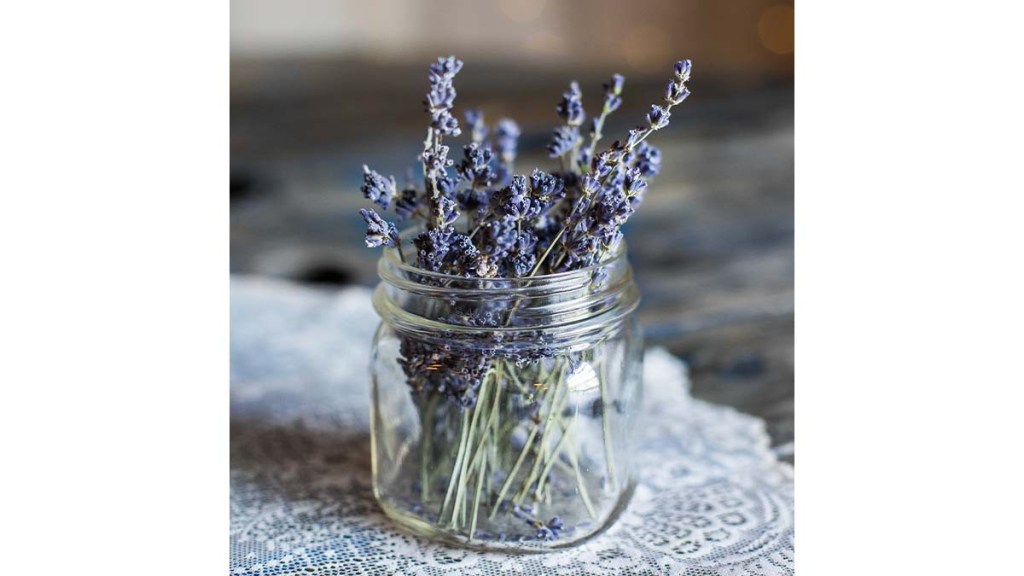Grocery store trips can feel wallet-draining these days – and that’s not an understatement. The USDA predicts that in 2022, supermarket prices will increase between 10 and 11 percent from the previous two years. This kind of inflation calls for trimming down your weekly grocery list to the essentials. But there’s another solution: Gardening can help cut down on produce spending too, since you’ll always have fresh herbs and vegetables on hand.
Think it’s too costly to maintain a garden? Think again. Rebecca Sears, Chief Gardening Guru for Ferry-Morse, gives Woman’s World pointers on growing produce at home without breaking the bank.
How does growing your own food save money?
Gardening is an investment. You have to spend time, energy, and money to reap a good harvest — but it’s worth it! Finance writer Linsey Knerl lists the following expenses to consider before starting a garden:
- Plants or seeds
- Nutrient-rich soil (dirt, fertilizer, and worms)
- Protection and structure for plants (cages, coverings, and fences)
- Water for plants
- Tools and accessories (tiller, gloves, and spade)
The total bill for gardening costs may vary depending on the type of produce you’re growing. However, a home garden could ultimately save you hundreds. Take it from Beth Brown (a mom of two) who’s saving about $400 monthly by growing squash, cantaloupe, lettuce, and tomatoes.
“The prices of food have really gone up just everywhere,” she told CBS News earlier this month. “So I have been growing a lot more vegetables to kind of keep up with that.”
How do I start growing my own produce?
According to Sears, your dollar will stretch with a garden. “Some would be surprised to learn that you can get more for your money by growing produce rather than purchasing at the store,” she says.
Here are her money-saving tips for activating your inner home gardener.
One seed packet goes a long way.
Tomato seeds cost less than $3 per packet, but can yield as much as $500 worth of produce per packet. Flavorful herbs basil, thyme, oregano, and cilantro are also easy- to-grow seeds. Just one herb seed packet will produce a tasty supply from many plants — often for much less than purchasing just a few springs at the grocery store.
Courtesy of Ferry-Morse
No garden shed? No problem.
Save hundreds of dollars by using a cooler instead of purchasing a garden shed. Since it’s weatherproof, you can leave it by your garden to store tools, fertilizer, and any other materials.
Consider using an organic granular fertilizer instead of liquid-based chemical fertilizers.
You’re going to have much more success in the long-term if you use a slow-release fertilizer that brings nutrients to the plants when you need them. An organic granular fertilizer is an ideal option, as it’ll yield better results for harvesting your produce.
Grow indoors for a year-round harvest.
Growing produce indoors during the year requires sunlight, good air flow, regular feeding, and watering. You can continue to save throughout the year by growing tomatoes inside throughout the off-season — though the plant’s production will slow down over time. Herbs can also be grown indoors throughout the year with the help of a grow light (available online and at gardening centers).
Bonus: Lavender is a versatile herb that helps save on your everyday home essentials.
Lavender is a natural deodorizer that gives a fresh scent to any room. It also has disinfectant properties and can be made into a cleaning solution. Growing lavender is an easy way to have a steady supply of the plant’s soothing properties right at your fingertips.
 Courtesy of Ferry-Morse
Courtesy of Ferry-Morse
Enjoying inexpensive and organic produce is a major perk of growing it at home. Plus, frequent gardening is linked with boosting confidence and burning calories. Turns out having a green thumb can benefit your wallet and overall health!
[ad_2]
Originally Appeared Here